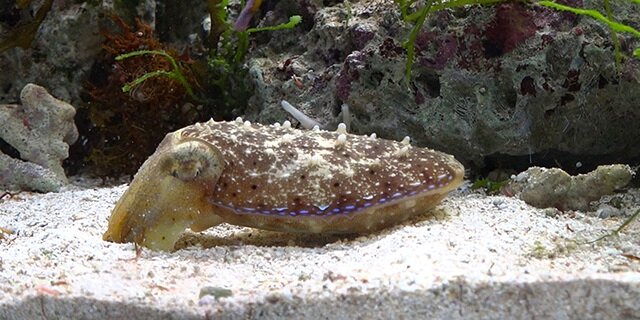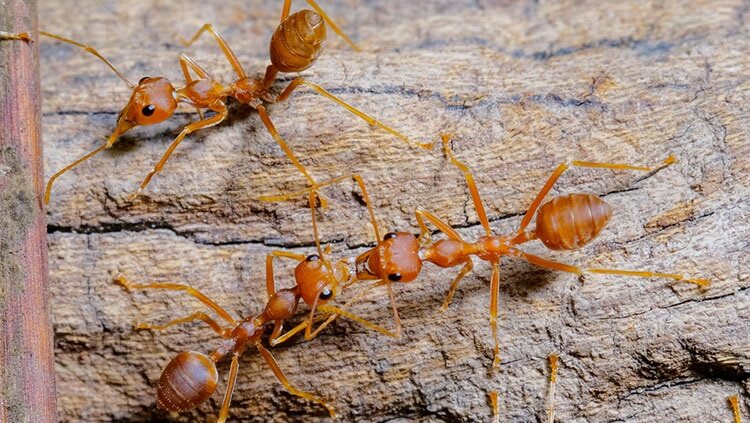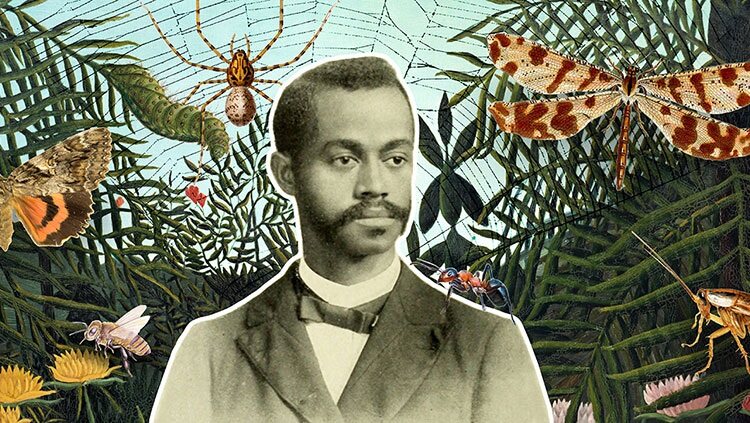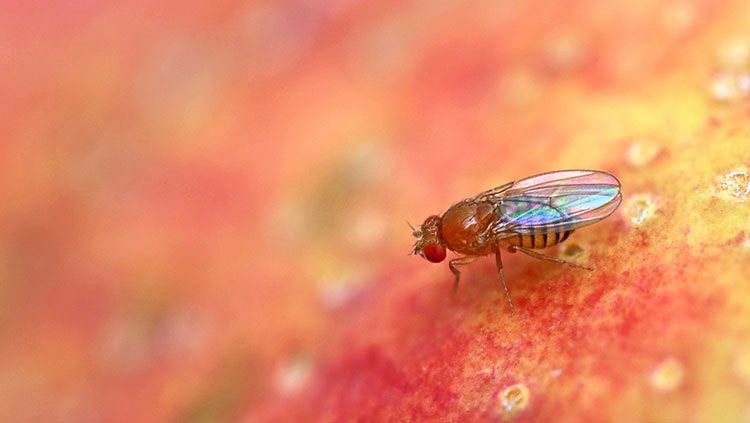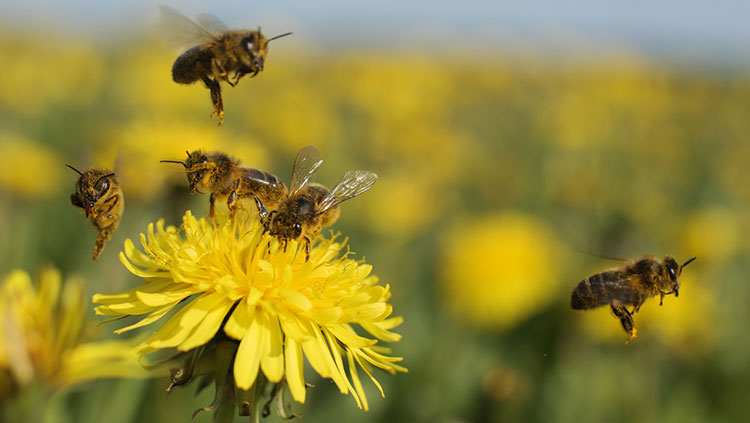Bad News for City Dwellers: Cockroach Taste System Evolves to Evade Exterminators
- Published1 Jul 2013
- Author Emily Rose Jordan
- Source BrainFacts/SfN

Before moving to London, I lived in New York City, where it was not uncommon to see cockroaches out on the street, and even once in a while in my apartment (and it was clean, I swear!). Despite an arsenal of poisons and eradication strategies, it seemed like cockroaches were just a part of city life I had to live with. A recent paper in the journal Science has shown that this may be true because cockroaches are quickly evolving to avoid precisely the yummy, sweet-tasting poisoned baits that I was using to keep them out of my kitchen.
The study on cockroach taste, by Wada-Katsumata et al (2013), focused on the German cockroach, exactly the species I battled in New York. The scientists investigated cockroaches' system of taste and found that they could sense two main tastes: sweet and bitter. When the bugs tasted sweet things, sweet gustatory receptor neurons were activated, whereas bitter foods activated the cockroaches' bitter gustatory receptor neurons. This system, similar to the human taste system, allows cockroaches to keep eating nourishing foods and avoid bitter foods that could be dangerous.
More curiously, however, the scientists also found that when they allowed cockroaches to taste glucose, some individuals ate happily while others seemed to avoid the taste. So the researchers looked at the gustatory taste receptors in both glucose-averse and normal wild-type cockroaches.
They found that when glucose-averse cockroaches tasted sweets, their sweet gustatory receptor neurons were not activated, but their bitter gustatory receptor neurons were. The glucose-averse cockroaches' sensory systems had been 're-wired' so they sensed sweet things as bitter rather than sugary and delicious.
The scientists hypothesized that glucose-averse cockroaches have evolved due to rapid selective pressures from insecticides in their environments. In fact, when they surveyed different populations of wild cockroaches, they found that seven out of the 19 groups in the study contained some glucose-averse individuals. What’s remarkable is the implication that glucose aversion has probably developed simultaneously and independently in different groups due to similar selective pressures from humans.
This new taste adaptation could be very useful for cockroaches living in environments where there are many dangerous but sweet-tasting poisons around, but it is definitely bad news for those of us with roach problems. New strategies for extermination will need to be developed in the future as cockroaches continue to outwit us.
CONTENT PROVIDED BY
BrainFacts/SfN
Also In Animals in Research
Trending
Popular articles on BrainFacts.org



